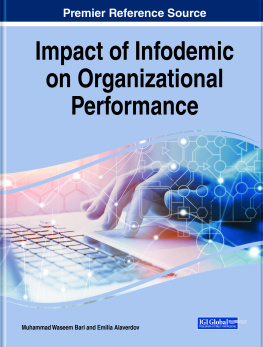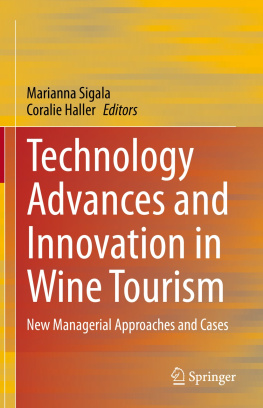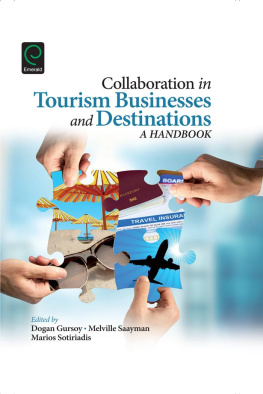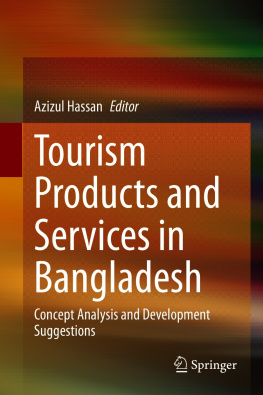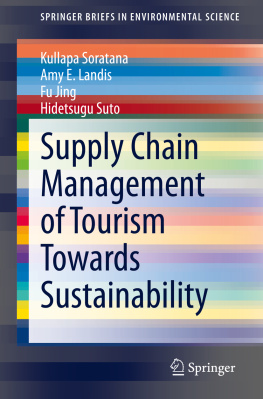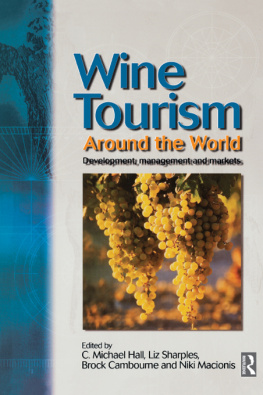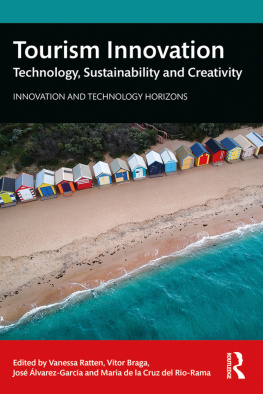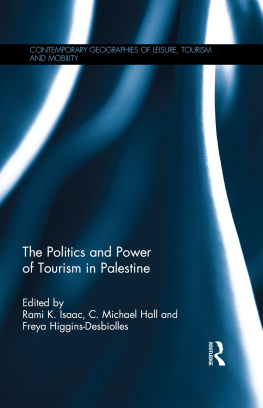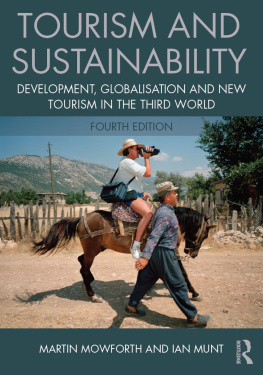Chapter 1
Constraints of Business Tourism and Proposed Remedies:
China-Pakistan Economic Corridor-Based View
- Muhammad Waseem Bari
Government College University, Faisalabad, Pakistan - Sadia Shaheen
Government College University, Faisalabad, Pakistan
ABSTRACT
Business tourism is the oldest form of tourism in human history. Business tourism is based on four types of activities i.e. meetings, incentives, conferences, and exhibitions (MICE). The inbound business tourism performs a significant role in the economic growth and development of any country. The objectives of this chapter are as follows. First, to highlight the key constraints of inbound business tourism in Pakistan. Second, possible and suitable remedies to resolve these constraints. Third, to explain the importance of inbound business tourism from the perspective of the China-Pakistan economic corridor (CPEC). The present chapter divides the constraints of business tourism in Pakistan into four levels, namely: state-level constraints, government level constraints, industrial level constraints, and individual-level constraints. This study proposes different remedies against different levels of constraints such as an establishment of an international platform of business tourism of Pakistan.
INTRODUCTION
After emerging the global village phenomenon, the world has been squeezed virtually (Pieterse, 2019). The information technology is providing global information at the doorsteps of the people. This global information brings the chances of business and career opportunities for this global village (Bykbaykal, 2015). To seek these opportunities, the people travel to local and international destinations and stay over there as per their needs. In other words, digital information is a key driver of travel and tourism in the world. Last few decades, the tourism industry has been growing rapidly and information technology is playing a significant role in this regard (Del Chiappa & Baggio, 2015). The tourism industry has a significant share of revenue in the total GDP in many countries. For instance, in 2018, Macau, Maldives, Grenada, Fiji, and Jamacia had a contribution of travel and tourism to GDP 72.2%, 66.4%, 56.6, 38.9, and 34% respectively (Knoema, 2018).
Leiper (1979) treated tourism as a system that is based on different elements such as tourists, transit routes, destination regions, generating regions, and the tourist industry. Leiper defined the tourism as a system including the optional travel and transitory stay of people away from their typical place of living for at least one night, with the exception of visits made for the basic purpose of gaining remuneration from focuses on the way (Leiper, 1979; Park, Kim, Kim, & Park, 2019). The literature explains the different types and forms of tourism. The types of tourism include domestic tourism and international tourism, international tourism is further catagorised into inbound and outbound tourism (Boniface, Cooper, & Cooper, 2016). As explained in Figure 1, tourism has several forms and sub-forms such as leisure and business tourism.
The focus of the present study is business tourism and constraints of business tourism in Pakistan, especially considering the case of China-Pakistan Economic Corridor (CPEC). Business tourism provides opportunities for interaction among entrepreneurs from different cultures and regions, and undoubtedly, business tourism, knowledge sharing, and innovation reciprocally support to each other (Ambler, Witzel, & Xi, 2016). Based on theories of interaction and networking (Pettenati & Cigognini, 2007), interaction among people of the same interests creates new knowledge, and new knowledge provides the base of innovation (Bari & Fanchen, 2017).
Prior to starting an in-depth discussion on business tourism, it is necessary to clarify the difference between business tourism and tourism business. The tourism business includes different sorts of business activities related to tourism such as transportation service, tour operator, accommodation, guided tours and tourist guide, hospitality, and destination management organization (Fess, 2019). On the other hand, business tourism has a different perspective. Swarbrooke & Horner (2012) referred to (Davidson, 1994) and defined business tourism as follows;
Business tourism is concerned with people traveling for purposes which are related to their work. As such it represents one of the oldest forms of tourism, man having traveled for this purpose of trade since very early times (Davidson, 1994).
The above definition clarifies that business tourism is the most popular and oldest form of tourism (Swarbrooke & Horner, 2012). The people have been traveling from one part to the other part of the world for the purposes of trade and employment since the civilization of the world. In the pre currency era, under the barter system, the people had been traveling from town to town and city to city for the exchange of goods and services. This sort of trade activity was also a source of information and wisdom sharing, knowledge and culture transfer and social values observation. Therefore, in business tourism, people travel, trade, and share knowledge, technology, and culture (Molz, 2013). However, the tourism business facilitates business tourism by providing facilities such as hoteling, food, traveling, etc.
Literature classifies the business tourism activities into four categories which include meetings, incentives, conferences, exhibitions (MICE) (Spencer & Bavuma, 2018). In other words, when a person travels for the purposes of business meetings, business incentives, business conferences, or business exhibitions are referred to as business tourism. Geographically, business tourism has two forms i.e. national business tourism and international business tourism. When an individual trip and perform any activity from MICE within country refers to national business tourism, and when an individual travels and participates in any activity of MICE at international level/cross border, it refers to as international business tourism. The economic strength of any destination defines the inbound and outbound business tourism ratio (Ritchie & Crouch, 2003). Inbound business tourism means how many tourists visit a country, and how many tourists in that country travel to other countries referred to as outbound tourism. For example, Xinhua (2018) reported that in China inbound and outbound numbers of tourists reached 139 million and 131 million in 2017 respectively. According to the report of China Tourism Academy (CTA), outbound tourists of China have been increasing expenditures 5% yearly. Contrary, inbound tourists expenditures are increasing by 3.6% yearly (Xinhua, 2018). The report further explains that inbound tourism in China is increasing due to increasing the tourist from the countries which are linked with One Belt-One Road project.
| Figure 1. Forms of tourism |
|---|
 |
In a contemporary economic model, the tourism industry and especially inbound business tourism have significant importance. Every country is struggling not only to develop but also to sustain business tourism potential. The strong economies and developed states are successfully managing business tourism growth and activities (Elliott, 2002). However, mostly, underdeveloped and developing economies are still at the struggling phase to attract inbound business tourists specifically and tourism activities in general. There are multiple factors that impact business tourism such as social, cultural, economic, environmental, law and order, terrorism, and technological (Swanson & Edgell, 2013).


